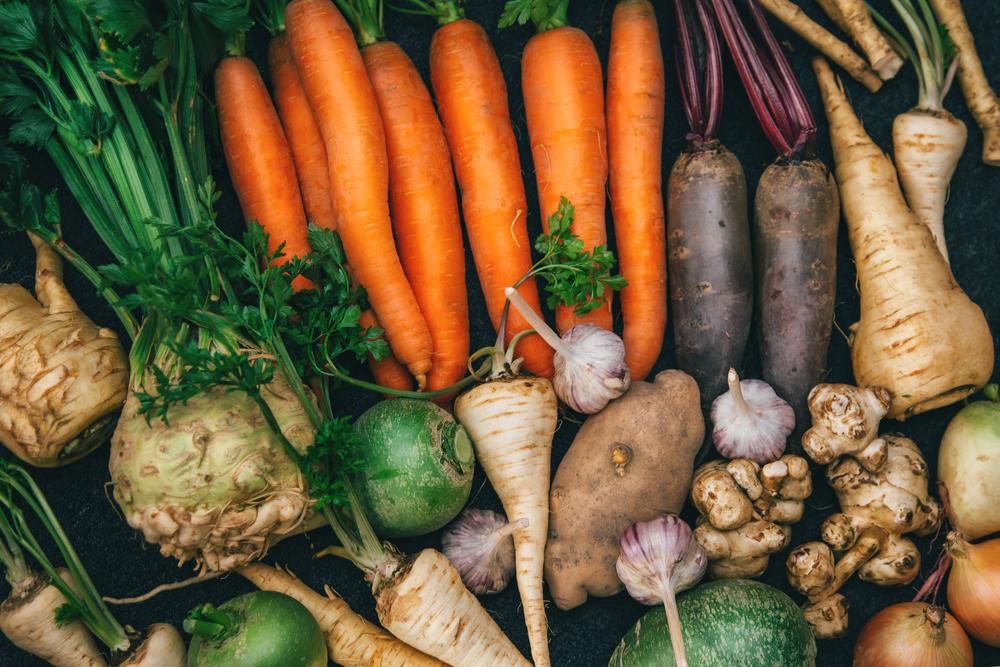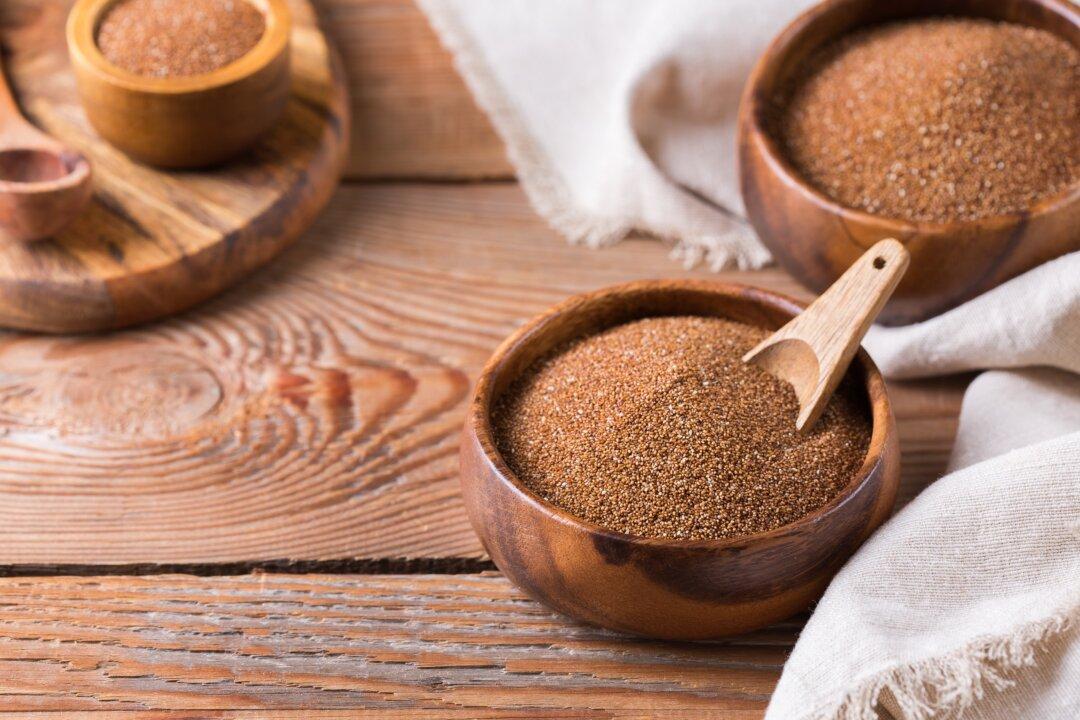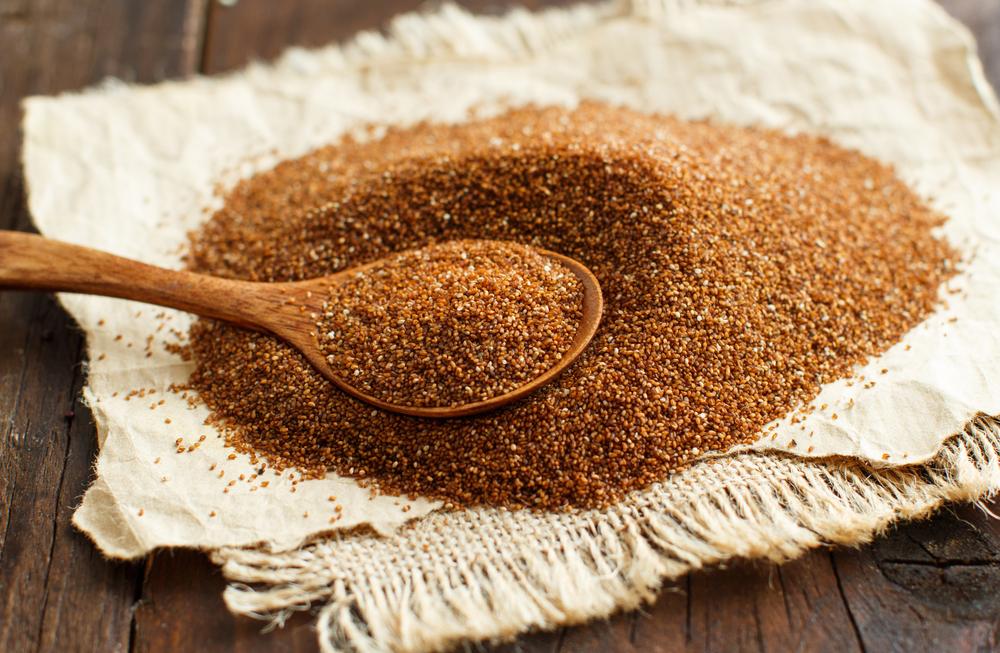With fall in full swing and winter around the corner, root vegetables are in season. While they usually aren’t the prettiest vegetables, their rough, gnarled exteriors often hide sweet and creamy insides packed with nutrients.
As an organization focused on heritage diets and nutrition education, Oldways is often asked about how to use certain foods and ingredients. We find that root vegetables are a group of foods that for some seem shrouded in mystery.



